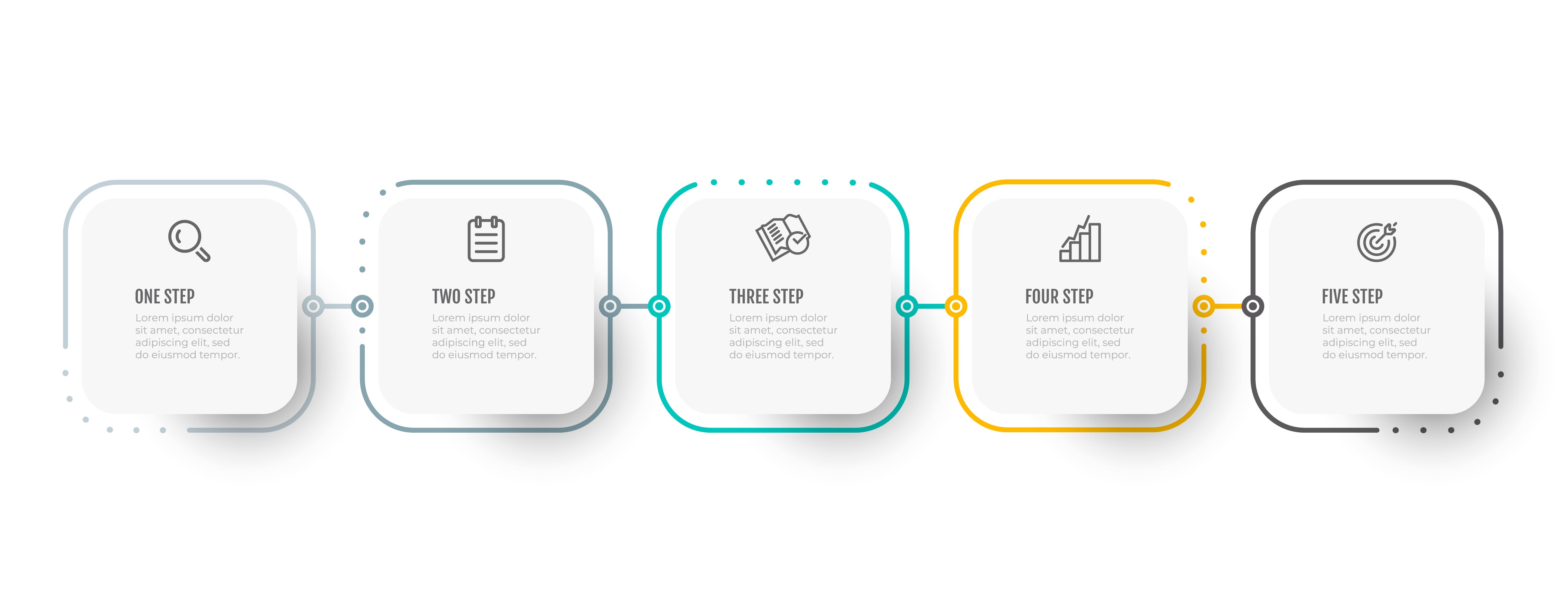When I was a teenager, my family and I moved to the United States from Ukraine. A few years later, my mother asked me to interpret her health insurance policy.
I read the policy and understood every word. But I still felt confused and unable to help.
People without law degrees may understand the individual words in legal documents. But they rarely grasp the legal meaning or full implications those words can carry. Worse, those who aren’t fluent in written language due to mental or physical conditions, or language barriers, often don’t understand even the most basic concepts in written legal documents.
Everyone has the right to know what they're agreeing to when they sign on the dotted line. Through the intentional use of functional images and design principles, lawyers can create a universal language of law for an inclusive legal system — one in which every participant understands what they’re dealing with.
Through the intentional use of functional images and design principles, lawyers can create a universal language of law for an inclusive legal system — one in which every participant understands what they’re dealing with.
Expanding our capacity with visuals
No matter where a person is from or their language abilities, they should be able to apply for a marriage license, decipher a wireless carrier’s terms and conditions, understand a legal notice, fill out a job application and understand the job requirements, know the cost of a speeding ticket and how to pay it, and purchase their desired insurance coverage on their own.
Yet, most of the legal documents they’d need to sign may as well be written in Dothraki, Klingon, or Elvish!
Thankfully, lawyers aren’t limited to just the written word to convey legal concepts. Images, charts, icons, and illustrations combined with design principles such as the intentional use of white space and colors offer a powerful toolbox for expressing ideas.
Creating a universally shared inclusive language of law may sound like a colossal undertaking, but society already understands the use of visual imagery to convey messages. For example:
- Red and green lights mean stop and go to drivers across the world.
- Designed in the 1950s as a logo for the British Campaign for Nuclear Disarmament, people around the globe understand the intent the peace symbol conveys.
- Most people recognize that ominous skulls and crossbones denote poison and danger.
- Wherever you go, you understand signs that say wear a mask, wash your hands, or maintain a safe distance, even if you don’t speak the local language.
- And no matter where you are from, you can interpret the meaning behind smiling, grimacing, and laughing emojis.

We can build upon the visual language that society already uses to engage and empower people of all capabilities to better understand what they agree to when they sign legal agreements.
Become more intentional in your use of visuals
Here’s where lawyers can begin to be intentional in their execution of a universally inclusive language of law:
- Write using plain language and fewer words.
- Use visual design principles (white space, etc.) to organize information.
- Include tables, grids, icons, and timelines to help viewers visualize information, facts, and events.
- Use imagery to connect unfamiliar concepts to familiar ideas (e.g., a boat navigating a calm stream, a choppy river, and fast-moving rapids to denote degrees of risk).
- Use metaphorical representations to simplify abstract concepts.
- Use images that portray familiar and relatable objects, people, or places to explain and clarify concepts.

Apply visually inclusive design principles to law
Including images and using design principles in legal communications expands comprehension. For example:
- An employment contract designed by Creative Contracts in South Africa uses illustrations to show fruit pickers — often immigrants who don't speak English — performing their duties. Images in the contracts explain concepts like how much fruit they expect each worker to pick each day.
Using visuals to convey terms along with the associated words considerably improves comprehension. Following the first season of deployment using the new contract, the visual contract cut new employee induction time from four hours to forty minutes.
Using visuals to convey terms along with the associated words considerably improves comprehension. Following the first season of deployment using the new contract, the visual contract cut new employee induction time from four hours to forty minutes.
Employees know what is expected of them, and the employer benefits from more predictable outcomes.
- Shrap’s terms and conditions are similarly unambiguous. Labeled icons visually empower consumers to quickly find answers and become early crypto adopter customers. Related information is grouped under headings that use plain language. Visitors progressively review content rather than all at once. Visitors are quickly educated and again, everyone benefits.
No more confusion and helplessness
More visual enhancements and fewer, simpler words. That’s how we start building a more inclusive language of law.
Every day, people provide their legal consent as they download mobile apps, access a new network, sign that they read an employee handbook, waive their rights to sue if they get injured at an amusement park, or see a doctor. Yet only lawyers and judges truly understand the legalese written in the agreements. Legal notices and contracts riddled with cryptic, specialized jargon create the same feelings of helplessness and confusion in others that I had when I first immigrated to the United States.
Only lawyers and judges truly understand the legalese written in the agreements. Legal notices and contracts riddled with cryptic, specialized jargon create the same feelings of helplessness and confusion in others that I had when I first immigrated to the United States.
Combining visual design principles such as spacing, colors, icons, and images with words helps lawyers educate, engage, and empower consumers of legal content. An image-enhanced universal language enables more people to become informed participants in their legal journeys. This will lead to less frustration, fewer misunderstandings, and a legal system that is closer to serving everyone equally.
Disclaimer: The information in any resource in this website should not be construed as legal advice or as a legal opinion on specific facts, and should not be considered representing the views of its authors, its sponsors, and/or ACC. These resources are not intended as a definitive statement on the subject addressed. Rather, they are intended to serve as a tool providing practical guidance and references for the busy in-house practitioner and other readers.




